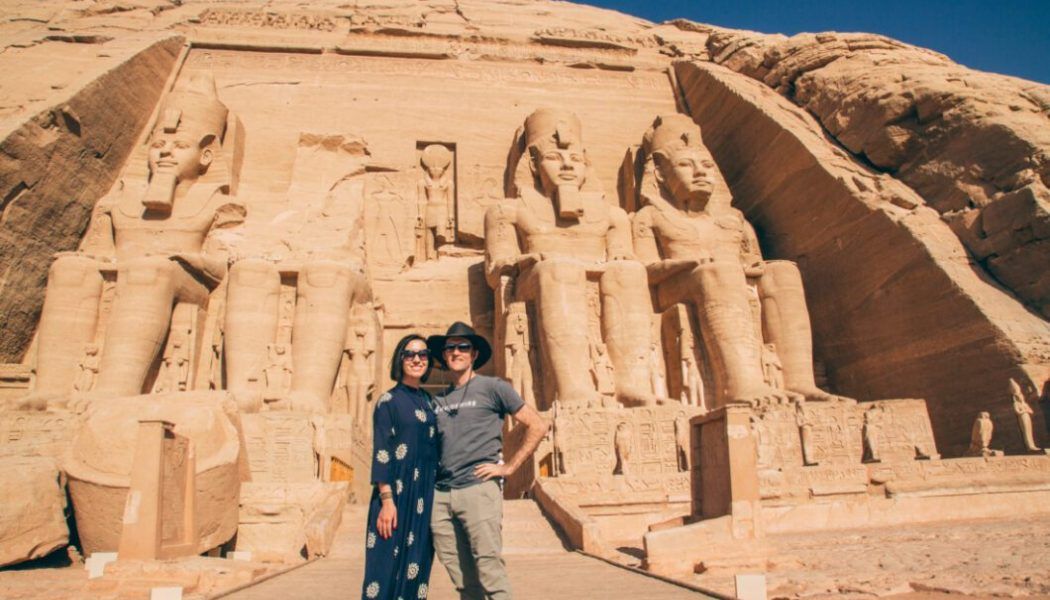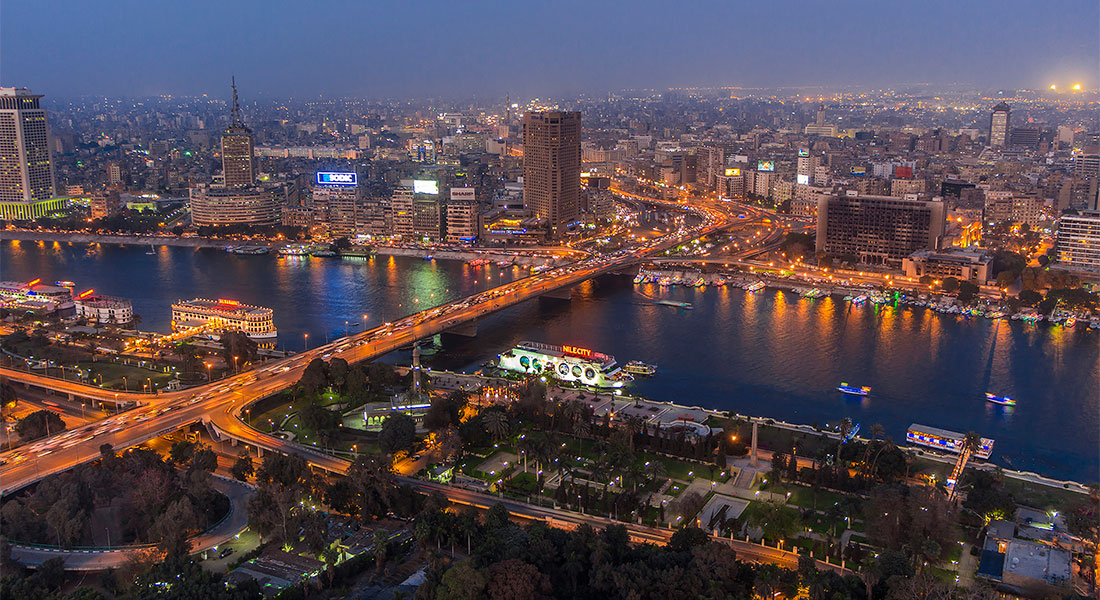
Egypt’s remarkable continuity spans over 5,000 years of recorded history, making it one of humanity’s oldest continuous civilizations. Understanding this historical timeline enhances any visit to Egypt’s monuments, allowing travelers to place each site within its proper context.
Predynastic Period (c. 5500-3100 BCE)
Before pharaonic Egypt emerged, distinct cultures developed along the Nile Valley, gradually forming the foundations of Egyptian civilization. Archaeological sites like Hierakonpolis reveal early religious practices and social organization that would evolve into the dynastic system.
Early Dynastic Period (c. 3100-2686 BCE)
The unification of Upper and Lower Egypt under King Narmer (Menes) marked the beginning of pharaonic rule. During this formative period, the hieroglyphic writing system developed, administrative systems emerged, and early mastaba tombs appeared at sites like Abydos and Saqqara.
Old Kingdom (c. 2686-2181 BCE) – “The Pyramid Age”
This golden age saw the construction of the Great Pyramids of Giza and the establishment of divine kingship. The remarkable technological and organizational abilities displayed during this period remain astonishing. Key monuments include the Step Pyramid of Djoser, the Pyramids of
Giza, and the Sphinx.
Middle Kingdom (c. 2055-1650 BCE) – “The Classical Period”
Following a time of political fragmentation, Egypt reunified under Theban rulers, ushering in a cultural renaissance. Literature flourished, art became more naturalistic, and architecture grew more refined. Notable sites include the temples at Karnak and the rock-cut tombs of Beni Hasan.
New Kingdom (c. 1550-1069 BCE) – “The Empire Age”
Egypt reached its height as an international power, expanding its boundaries and engaging with other great civilizations. This period produced some of Egypt’s most recognizable monuments and pharaohs, including Hatshepsut, Akhenaten, Tutankhamun, and Ramses II. Key sites include the Valley of the Kings, Luxor Temple, Abu Simbel, and Karnak.
Late Period & Ptolemaic Era (664-30 BCE)
Following periods of foreign rule and internal division, Egypt experienced Persian domination before Alexander the Great’s conquest introduced Greek influence. The Ptolemaic dynasty, ending with Cleopatra VII, built impressive temples including Philae, Edfu, and Dendera, blending Egyptian and Hellenistic styles.
Roman & Byzantine Egypt (30 BCE-642 CE)
As an important Roman province, Egypt continued building temples in traditional style while Christian influences gradually emerged. Coptic Christianity developed distinctive art and architecture, seen in ancient monasteries and churches throughout Egypt.
Islamic Egypt (642 CE-Present)
The Arab conquest transformed Egypt culturally and religiously. Medieval Cairo flourished under various dynasties, producing architectural masterpieces like the Al-Azhar Mosque, the Citadel, and countless Islamic monuments that showcase Cairo’s status as “the city of a thousand minarets.”
At Fares Egypt Tours, our expert guides weave this historical narrative throughout your journey, connecting monuments across periods to create a comprehensive understanding of Egypt’s extraordinary legacy.


Arrive in comfort, luxury, and style.
Follow Us
Payment channels


WhatsApp us